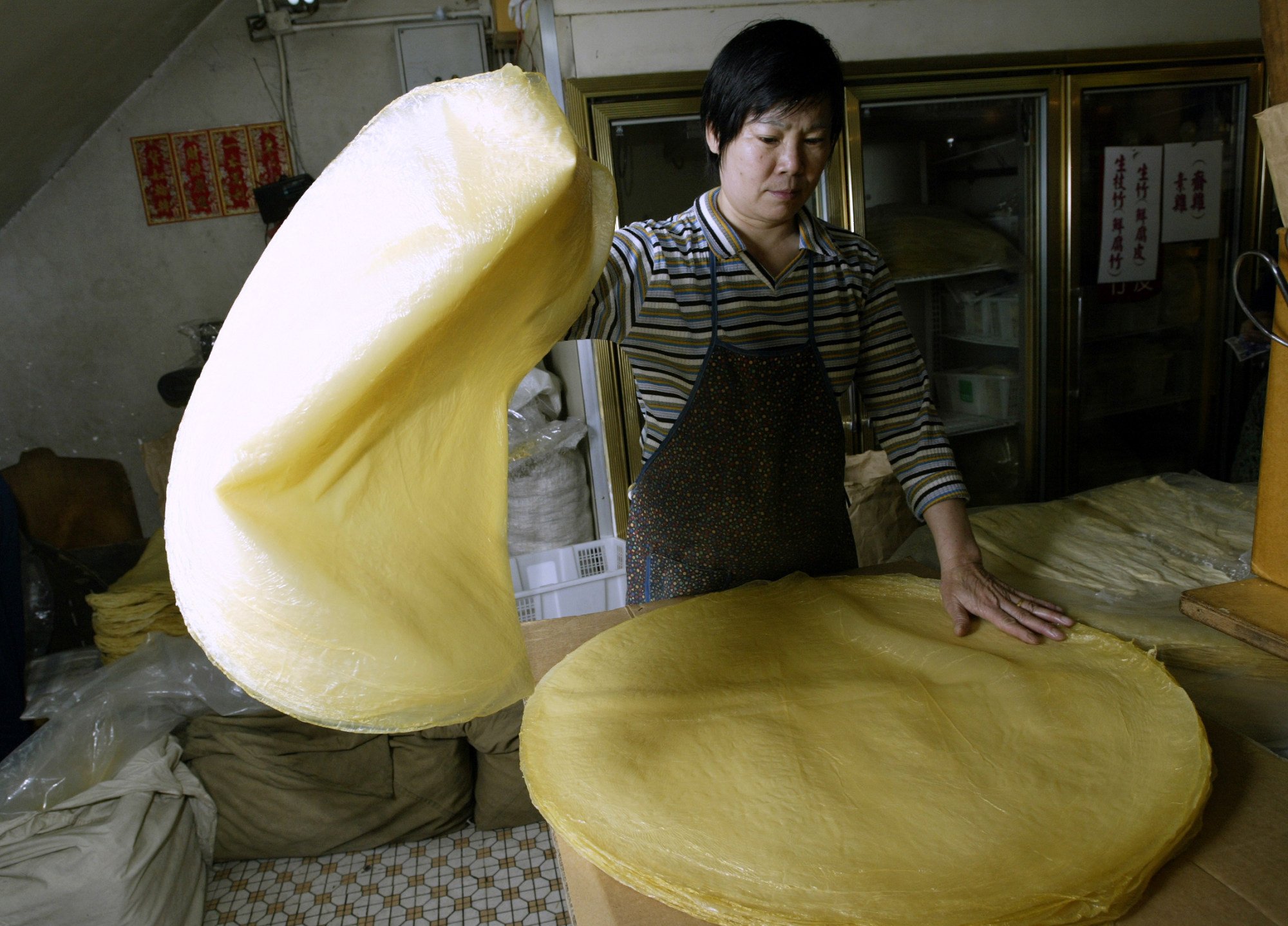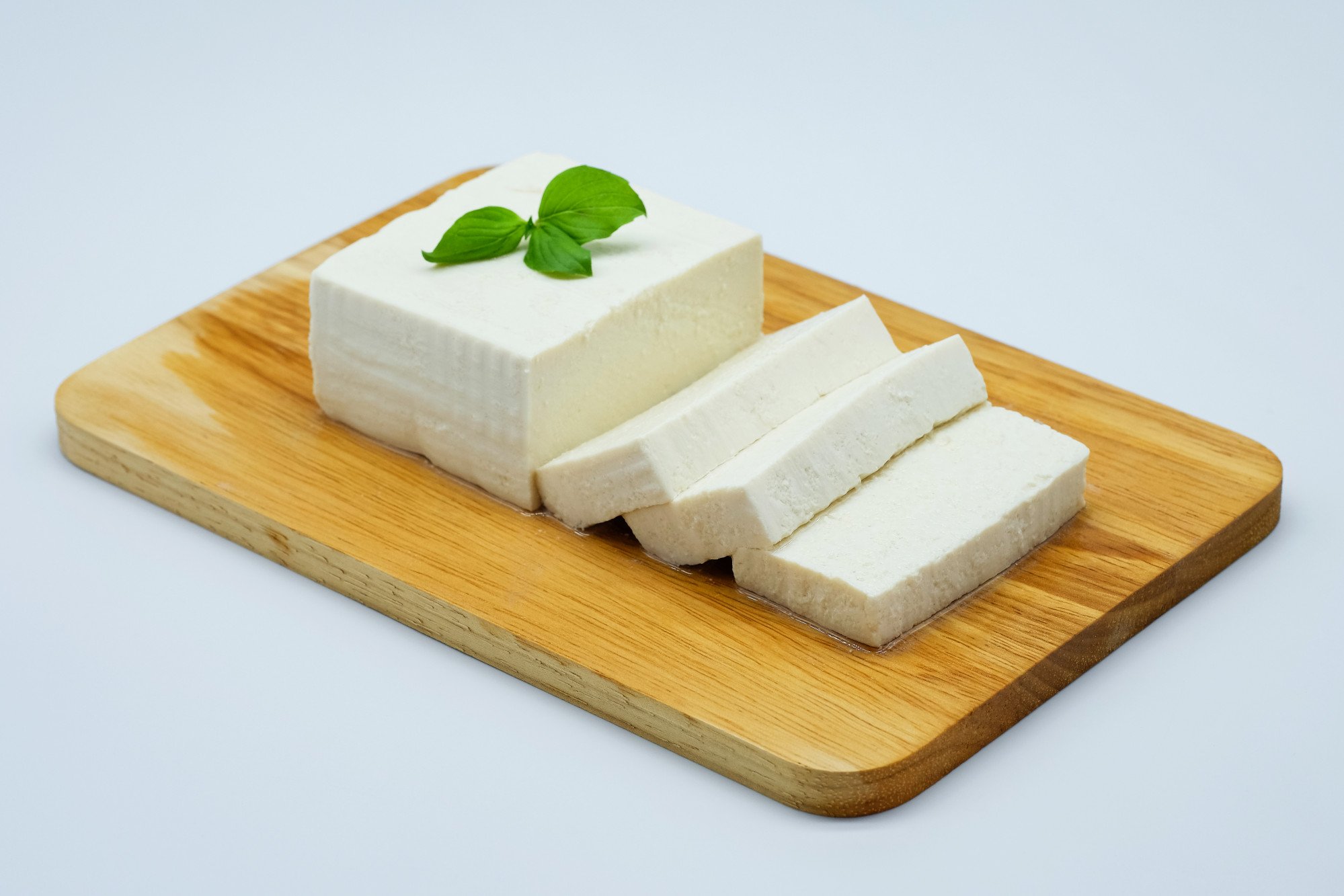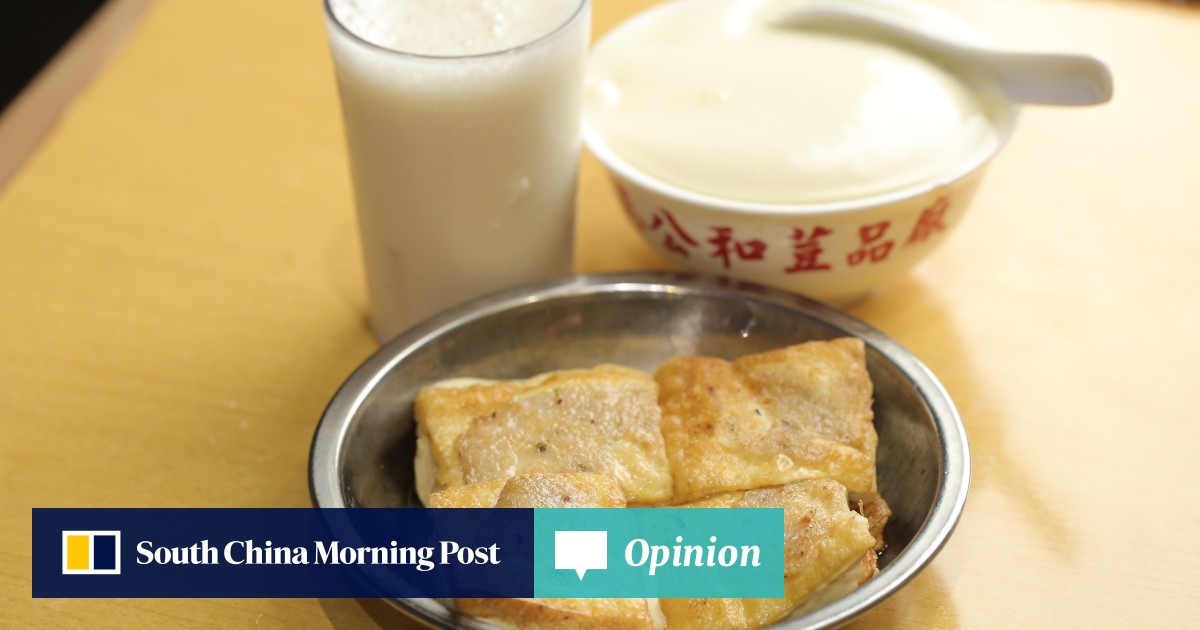Among the healthiest and most easily digestible sources of vegetable protein, the humble soybean – known in Cantonese as daai dau (“great bean”) – has provided varied sources of taste and nutrition in China, and other parts of East Asia, for more than 2,000 years.
Soybeans are produced in massive quantities all over the world, principally in Australia, Canada, the United States and – increasingly – on vast farms carved in virgin rainforest in the interior of Brazil.
Most soybeans are not destined for direct human consumption, however; much of the world’s soybean output is further processed for use as a high-protein animal food.
Annually increasing pork production in China has driven constant demand for soybeans for the past three decades.
When supply-chain disruptions occur due to human conflict – such as in Ukraine – or climate-related crop failures, increases in the price of soybeans are immediately noticeable elsewhere.
Numerous methods are used to process soybeans.
Germinated on water-filled trays under bright lights, soybean sprouts become ngaa choy (beansprouts) – a cheap, highly nutritious, year-round vegetable.
Fresh soybean pods are also perennially popular; prepared like snow peas, these are found in both traditional Chinese homestyle recipes and in less-expected, European-inspired dishes.
Mature soybeans are soaked and then ground to make dau zeung (soybean milk), or slightly curdled and then settled with gypsum to make dau foo (tofu).
‘The perfect summer hero ingredient’: why tofu is terrific
‘The perfect summer hero ingredient’: why tofu is terrific
Dau foo pei (“bean curd skin”) – the scum that forms on heated bean milk – is dried and used as a wrapper for various foods commonplace in various Southeast Asian-Chinese cuisines, or included in vegetarian dishes.
Soy sauce – a renowned Hong Kong export commodity from the colony’s mid-19th century urban beginnings onwards – is produced in various grades.
Sang chau (“fresh extraction”) is the thin, light-coloured sauce produced from the initial pressing. Thicker, darker sauce becomes see yau (“bean oil”).
Kecap manis, the characteristic salty-sweet Indonesian-style soy sauce, is thickened with cane or palm sugar.

Soybeans are also fermented to make dau see (“fermented beans”) and dau zeung; small quantities, mashed up and added to garlic, oil, shallots or chillies, make a tasty, inexpensive condiment.
Well into the 20th century, Wan Chai and Yau Ma Tei in Hong Kong were known for soybean processing. Long-established small businesses across Hong Kong still produce sauces and pastes in limited quantities.
Yuen Long, in Hong Kong’s New Territories, was also known for soybean processing. Fermentation vats have a rank, immediately recognisable odour and for this reason, soybean factories were usually located in outlying areas.

Massive stone grinding wheels that were used – once upon a time – to grind up soybeans as a preliminary part of various manufacturing processes can often be found abandoned in New Territories villages.
Too heavy to carry away, and with no other practical purpose to which they can be deployed, most just lie where they were last used – often at the corner of a threshing floor that typically extends in front of a row of old-style traditional village dwellings.
Larger grinding stones were sometimes powered by buffalo, who walked in a circle harnessed to a pole that ground the stones together. Smaller versions had one or two strong adults perform the same task.

Soybeans were a staple dietary item in Buddhist nunneries, and bean curd and soybean milk were often produced for sale to provide an additional income source in these remote rural retreats – mostly found in the New Territories.
Single laywomen who chose to live in these compounds were prime subjects for prurient gossip in traditional Chinese society and were generally assumed – rightly or otherwise – to be lesbians.
A particularly vulgar Cantonese euphemism – mor dau foo (“grind bean curd”) – is used to describe being a lesbian; dau foo por (“bean curd hag”) is a dismissive epithet for them.







